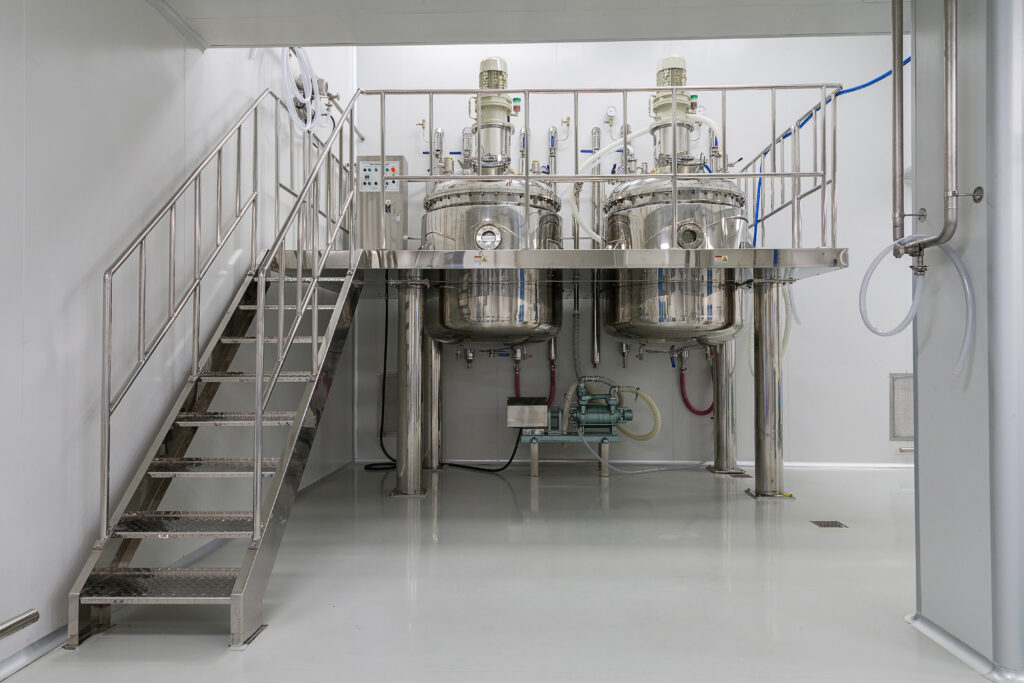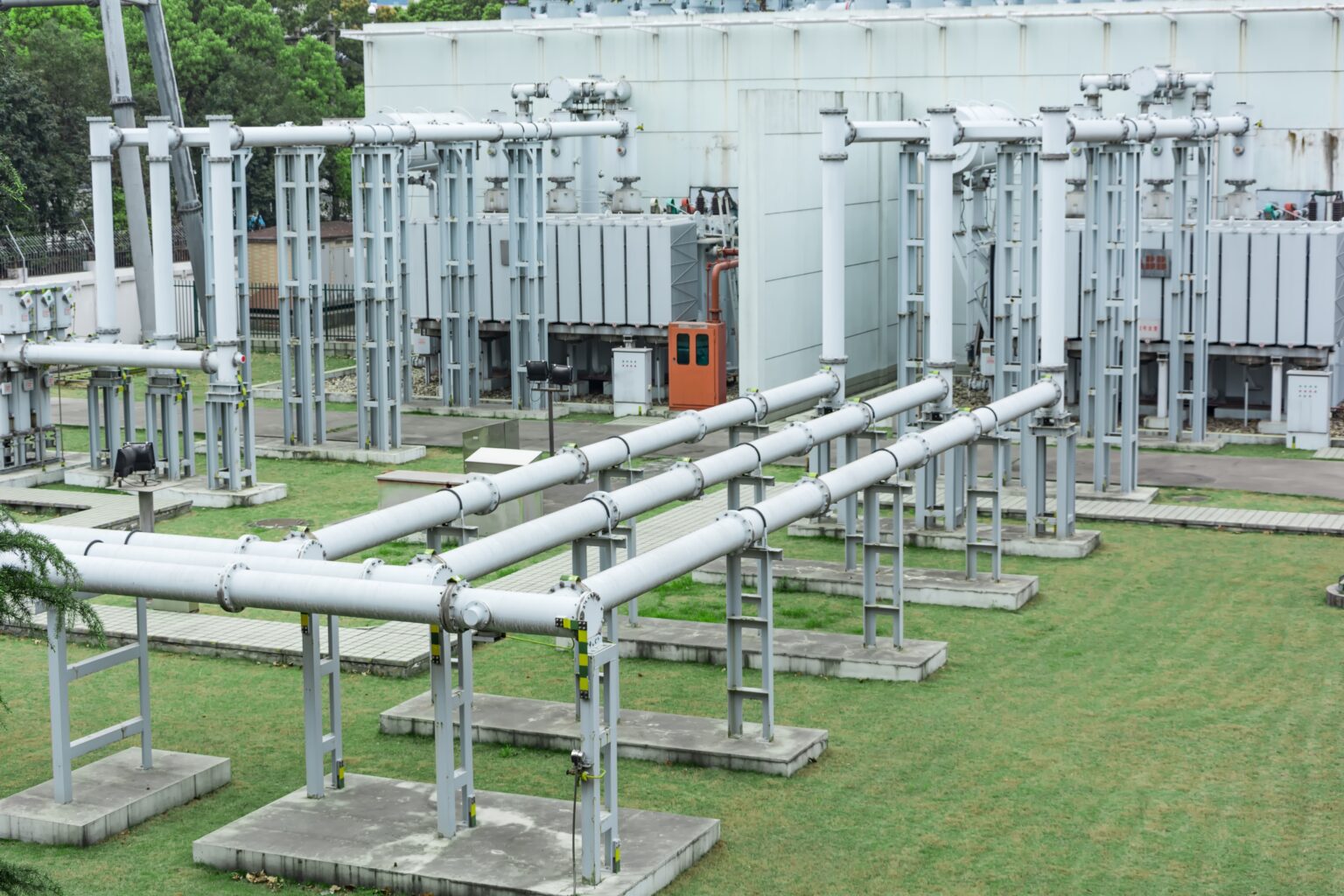Pressure Booster System
Pump
Water treatment pumps are essential components of water treatment systems used to move and circulate water through various treatment processes. They play a critical role in ensuring that water is effectively treated, purified, and distributed for various uses, such as drinking, industrial processes, irrigation, and more.
Different types of pumps are used for different stages of the water treatment process
-
Chemical Storage
Tanks or containers for holding the chemicals or reagents that need to be dosed.
-
Dosing Pump
A pump designed to accurately and consistently deliver a controlled amount of the chemical into the fluid or process.
-
Control System
Often automated, this system regulates the dosing pump based on predetermined parameters such as flow rate, pH levels, turbidity, or other relevant factors.
-
Sensors
These measure the variables that determine the dosage, such as pH sensors, flow meters, turbidity sensors, etc.
-
Mixing/Reaction Chamber
In some cases, the dosed chemical needs to mix with the fluid or react with other components. A mixing or reaction chamber facilitates this process.

-
Raw Water Intake
Pumps are used to draw water from the source (such as rivers, lakes, or wells) into the treatment facility for initial processing.
-
Chemical Dosing
Pumps are utilized to accurately inject chemicals into the water to achieve desired reactions, such as disinfection, pH adjustment, coagulation, and flocculation.
-
Filtration
Pumps help push water through filtration media to remove suspended particles, sediment, and contaminants.
-
Membrane Processes (Reverse Osmosis, Ultrafiltration)
High-pressure pumps are needed to force water through semipermeable membranes to remove dissolved solids and impurities.
-
Distribution
After treatment, pumps are used to distribute the treated water to homes, industries, and other destinations through a network of pipes.
-
Wastewater Treatment
In wastewater treatment plants, pumps are crucial for moving sewage and wastewater through various treatment stages, including aeration, sedimentation, and disinfection.

Hydropneumatics Systems
A hydro-pneumatic system, also known as a hydro-pneumatic tank or pressure tank system, is a setup that combines hydraulic and pneumatic principles to store and regulate fluid pressure. It’s commonly used in various applications to provide consistent water pressure in plumbing systems, reduce pump cycling, and manage fluctuations in demand.
How a hydro-pneumatic system generally works
-
Pressure Tank
The core of the system is a pressure tank, which is a closed vessel typically made of steel. This tank contains two compartments separated by a diaphragm or bladder.
-
Water Inlet
As water enters the system (usually from a pump or the main water supply), it fills the lower compartment of the tank.
-
Compressed Air
The upper compartment of the tank contains compressed air, usually introduced through an air valve. The air pressure compresses the bladder, allowing the tank to store water under pressure.
-
Regulation
When water is drawn from the system (for example, when a tap is opened), the pressure in the lower compartment decreases. The compressed air in the upper compartment forces water out of the tank, maintaining a steady pressure until the air pressure drops to a certain point.



Join Us in Our Mission & Vision
Become a part of our journey to get relived from your problems, create experiences, achieve goals. Whether you're an individual looking for product/service or a business seeking product/service, we're here to make a difference together.
